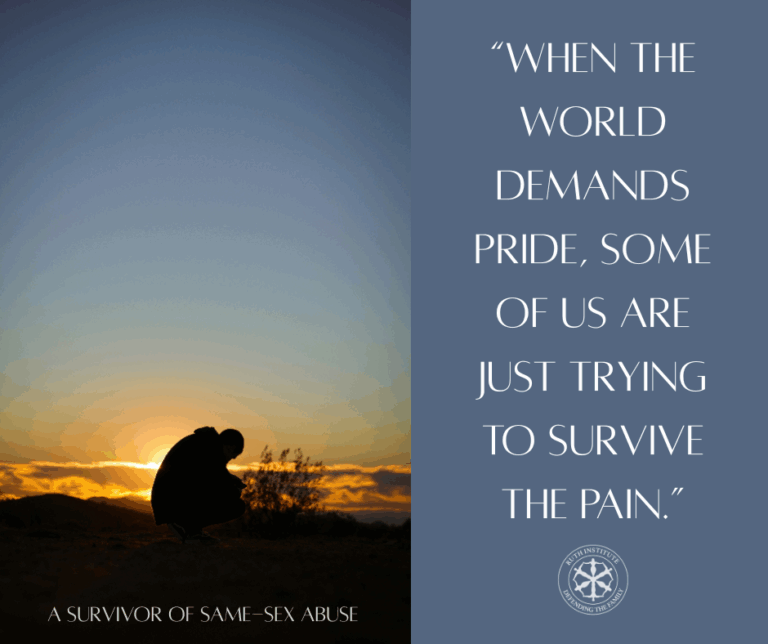This article was first published at The Christian Post on December 6, 2016.
by Brandon Showalter
A new Centers for Disease Control study examines teenage health behaviors in connection to their self-reported sexual activity and shows those who remain
abstinent are much healthier on many fronts than their sexually active peers.
The report, titled “Sexual Identity, Sexual Contacts, and Health-Related Behaviors
Among Students in Grades 9-12, United States and Selected Sites,” showcased the results from a 2015 survey that monitored several categories
of health-related behaviors like tobacco usage, drug and alcohol use, sexual habits, unhealthy dietary behaviors, and behaviors that contribute to
unintentional injuries and violence.
The report concludes “that students who had no sexual contact have a much lower prevalance of most health-risk behaviors compared with students” who had
sexual contact.
In a Monday interview with The Christian Post, Jennifer Roback Morse, founder and president of the Ruth Institute,
said, “this study is remarkable because it asks questions and reports the answers, rather than avoiding questions or assuming answers.”
As Glenn Stanton noted last week in The Federalist, the results
from those questions and answers are remarkable.
With regard to smoking, teenage virgins are 3,300 percent less likely to smoke daily than their peers who are sexually involved with someone of the opposite
sex, Stanton computed from the report’s data. Teen virgins are 9,500 percent less likely to smoke daily than their peers who are sexually involved
with someone of the same sex or in a bisexual relationship, he added. Chaste young people are also extremely less likely to use indoor tanning beds,
binge drink, smoke marijuana, ride in cars as passengers with a drunk driver, and get into physical fights than their sexually active peers. Abstinent
youth are also more likely to get a solid eight hours of sleep every night and eat breakfast daily.
“Our children should know there’s very compelling scientific evidence on so many levels showing how saving the precious gift of their sexuality for the
safe harbor of marriage is nothing about old-time moralism or unhealthy sexual repression. Just the opposite is true,” Stanton wrote.
And the advantages of refraining from sex during teen years are not just physical, Morse said.
“I’ve noticed that the chaste students we have worked with over the years at the Ruth Institute do not have the angst that one so often attributes to young
adulthood,” she explained. “I think it is because avoiding sexual activity avoids a lot of psycho-social drama that goes along with it. ‘Does he still
like me?’ ‘What is she really doing with that other guy, and do I really care?'”
“Also, one has to say: no one has ever died from not having sex,” she added. “But people sometimes feel as if they are going to die without sex. If you
feel that way, it may mean that you are addicted. After all, that is a primary indicator of addiction: you think you’ll die without the endorphin rush
that comes from the activity or substance.”
The CDC report also included findings from 25 state surveys, and 19 large, urban school district surveys conducted among students in grades 9–12 which
took place between December of 2014 and September of 2015.
Rebecca Oas, associate director of research at the Center for Family and Human Rights in New York City, thinks a significant
problem driving the sexual dysfunction among teens is the wrongheaded approach and perspective many parents and teachers have regarding sex education.
“One can talk about the risks associated with sexual behavior among adolescents and the question of how to mitigate that,” Oas said in a phone interview
Monday with CP.
But far too often the operative assumption is “that adolescents will inevitably engage in these behaviors and so what you have to do is pump huge amounts
of money into trying to mitigate the costs and the harmful effects of [those behaviors].”
“And yet, we have also seen data that more students are remaining abstinent than before, so the idea that this is somehow an impossible standard is just
not true. The problem is that a lot of the people educating the children in the schools and even their own parents have taken on this fatalistic attitude.
So they are not encouraging them and demonstrating to them that among their peers they would not be alone,” she continued.
“The other question that I don’t see anyone asking is: Is there anything beneficial at all to adolescents who engage in these activities?”
“And the answer is clearly no,” she added.
“Maybe what we really need to be doing is educating parents how to parent rather than trying to encourage sexual experimentation among adolescents, assuming
they are going to do it anyway.”
Valerie Huber, founder and President of ASCEND, a Washington D.C.-based abstinence advocacy group, told CP that she
has a question of her own: “Why aren’t we placing a higher priority on encouraging youth to wait for sex?”
“In light of the fact that 90 percent of all federal sex ed funding goes to programs that normalize teen sex, it’s evident that our priorities are all
wrong,” Huber said. “In addition to revealing that risk begets risk, the CDC report also showed that the majority of teens are waiting for sex. And
that those numbers have increased 28 percent in the past 25 years.”
“The next Congress and administration have a real opportunity to change course in sex education policy in 2017. Let’s hope they take it. Youth deserve
the skills to achieve optimal health,” she said.



